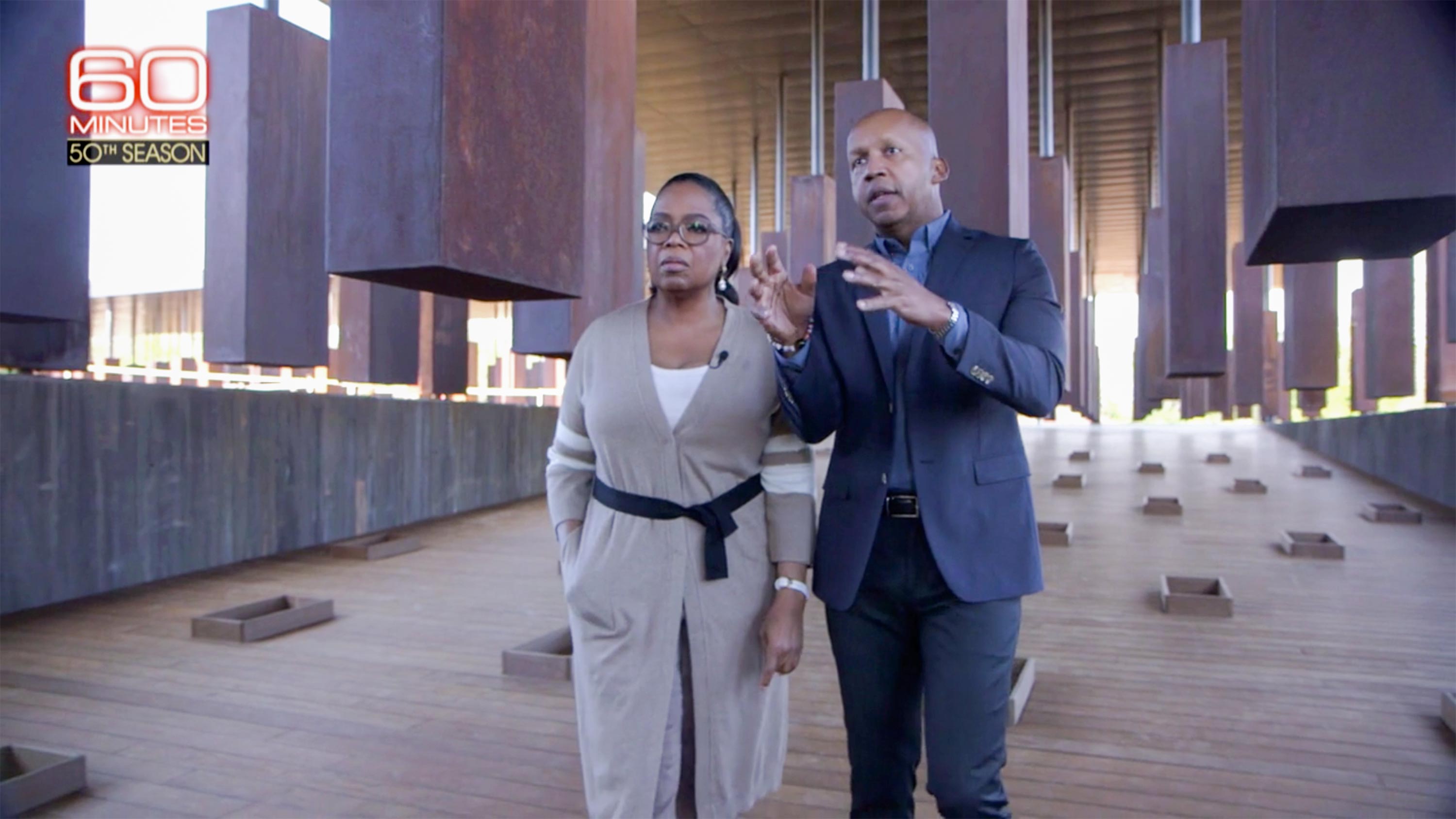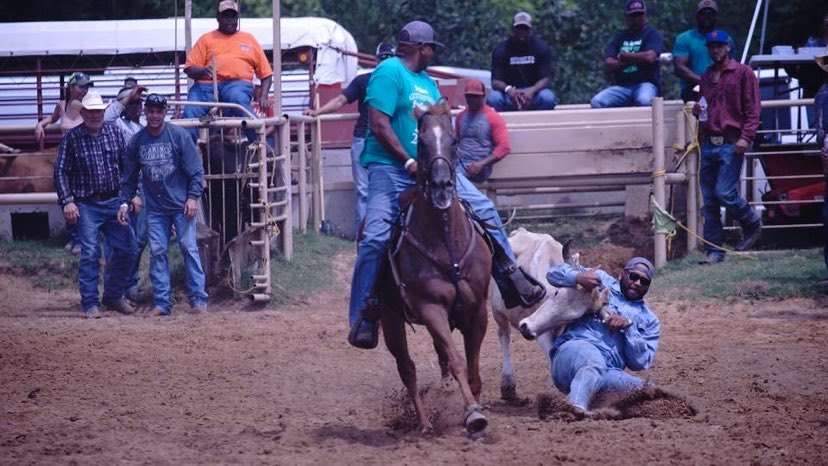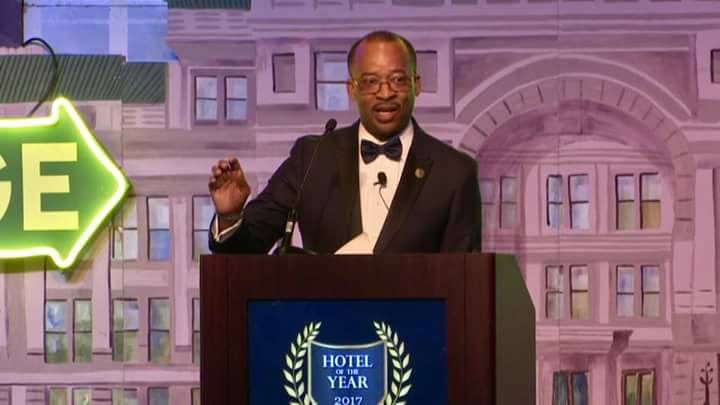
The Success Of ‘Black Panther’ Reaches Titanic Point
The overwhelming success of “Black Panther” is historic and important to future film projects. The Disney/Marvel production is an unabashedly African American film that makes no excuses for telling the story from a Black perspective. The payoff here is that this can be done without losing wide appeal in crossing lines to entertain. Perhaps we as a society have evolved to the point that racially themed movies are successful if they are good no matter who the actor or story is. That is good news. But, how successful has “Black Panther” been so far?
“Black Panther” just passed the mega successful movie “Titanic” for all time gross ticket sales. Panther has made $665.4 million domestically and claims third place as the highest grossing film of all time. Let that sink in.
World-wide the action film has made a reported $1.3 billion. Meaning audiences world-wide have also gone in waves to watch this amazing film. Perhaps now the concept of the Black exploitation film will go the way of the dinosaur and be replaced by good films not based on the color of its skin but on the content of its character. Seems fitting as we remember the life and times of Dr. Martin Luther King, Jr. on the 50th anniversary of his death. Of course we as a society have a long way to go before we see ourselves as colorblind. Perhaps we are a step closer.
Can Tulsa Ban Its Way To Better Food Choices
Hard to get completely behind the restrictive effort to disrupt commerce in Tulsa north because of concerns over lack of availability of fresh foods and too many unhealthy choices. Supporters of this effort rightly point at high incidences of diabetes and obesity in Tulsa north communities. What everyone wants is a good supermarket type store providing healthy foods. But, how to get there is complicated.
Leading the charge is Vanessa Hall-Harper, the first district city council representative. Her concerns are well founded to do something about the food desert where a community fed a constant diet of unhealthy foods will suffer from result of having few healthy choices. Tulsa north has worked hard to have a grocery store full of fresh foods. Because the current situation spoon feeds our readership a steady diet of highly processed foods free of nutrients and vitamins. In its place have come dollar stores that promise inexpensive and unhealthy foods. Hall-Harper has been working on a plan to restrict the number of dollar stores in the hopes of creating a market for a grocery stores. To that end, city leaders like Hall-Harper have been developing a plan to remedy this from their perspective. However, is it the right way to go? Can you force healthy food choices and stimulate economic development with very little reason to invest millions of dollars?
Under this new proposal that has changed its name from Small Box Discount Store Overlay to Healthy Neighborhood Overlay. Under this proposal, there will be one mile spacing between discount stores and there is language to ask for an exemption. In addition, grocery stores will be allowed a 50 percent reduction in parking space requirements. Not much of an economic carrot.
As well-meaning as this effort is, it is faced by skeptical city leaders and others who feel it might be better to allow the free market to work without government restriction. Perhaps a better approach is to create enterprise zones to stimulate development through tax incentives and other financial bonuses. The market would take care of the number of small convenience stores in Tulsa north. The current map of how many and where the stores are in Tulsa does not show a preponderance of the questionable stores in Tulsa north. And in those other areas are grocery stores and dollar stores operating side by side. It seems the magic that allows commerce and competition in other parts of Tulsa or United States does not exist in Tulsa north.
The City Council will take up this measure and the meeting is sure to be well attended as the measure comes to a vote. There is a good chance everyone wants the same thing. How the city gets there is the question that needs to be answered?
Winfrey And ‘60 Minutes’ Discuss Lynching With Graphic Detail
Oprah Winfrey and “60 Minutes” covered the story of attorney Bryan Stevenson and his effort to discuss and display the history of lynching of African Americans in the United States. Stevenson believes it’s a story that needs to be told. In the aftermath of the Civil War, one of the consequences are atrocities against freed African Americans at the hands of Klan and others who acted out their hatred through executions. It is a story that needs to be told. Pictures of lynchings are some of the most repulsive and disturbing images anyone can view. Can the story be told on television without the pictures was a question Winfrey and “60 Minutes” pondered? They decided the story could not be told without showing the photos. So, last Sunday the story aired complete with pictures of human beings hung.
In his powerful exhibit called “Equal Justice Initiatives”, Stevenson documents in great detail the number, locations and outrageous reasons behind each lynching. It was clear the lives of the executed were important and deserved documentation. However, it was the photos that drove the point home. It was stomach churning and a thoughtful person might rightly recoil from looking at the disturbing images. Often the victims were also burned and limbs torn off. It was of course one of the most brutal and savage periods in American history.
The exhibit is on six acres of land in Montgomery, Alabama and reveals a period of time when lychings were common and at times happened in the center of town. Children were brought out to view the executions and reveled in the happenings. It was one of the lowest moments in United States history.
Were they right in telling the story with graphic photo evidence of grisly deaths? With a great deal of hesitation it could be reasoned they made a decision not to exploit but to reveal the ugly and largely covered up piece of history. The exhibit is impossible to forget.










